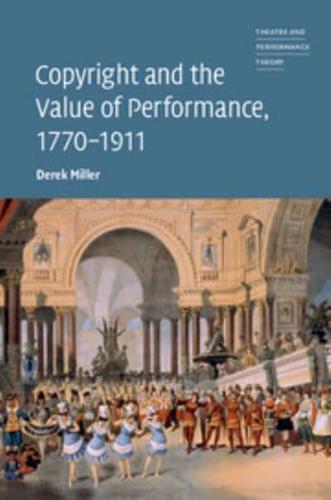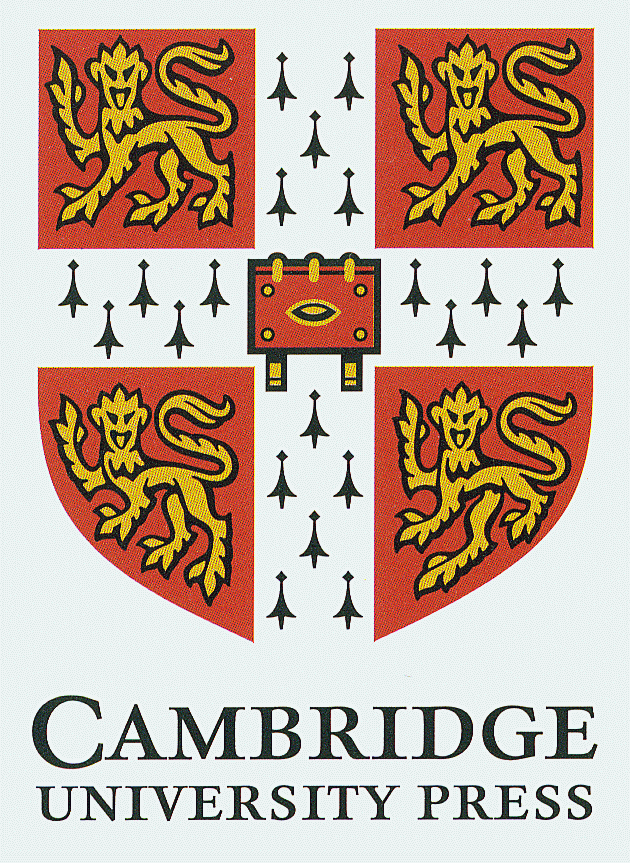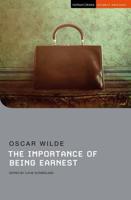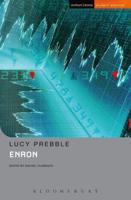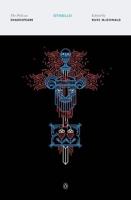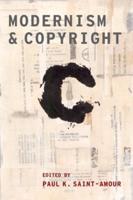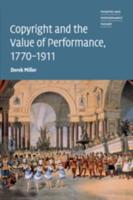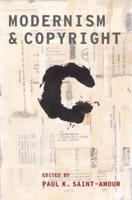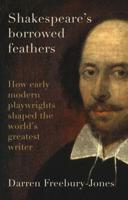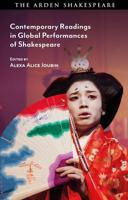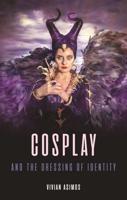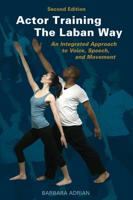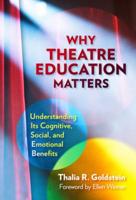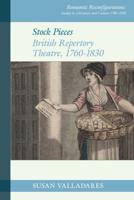Publisher's Synopsis
In the nineteenth century, copyright law expanded to include performances of theatrical and musical works. These laws transformed how people made and consumed performances. Exploring precedent-setting litigation on both sides of the Atlantic, this book traces how courts developed definitions of theater and music to suit new performance rights laws. From Gilbert and Sullivan battling to protect The Mikado to Augustin Daly petitioning to control his spectacular 'railroad scene', artists worked with courts to refine vague legal language into clear, functional theories of drama, music, and performance. Through cases that ensnared figures including Lord Byron, Laura Keene, and Dion Boucicault, this book discovers how the law theorized central aspects of performance including embodiment, affect, audience response, and the relationship between scripts and performances. This history reveals how the advent of performance rights reshaped how we value performance both as an artistic medium and as property.
